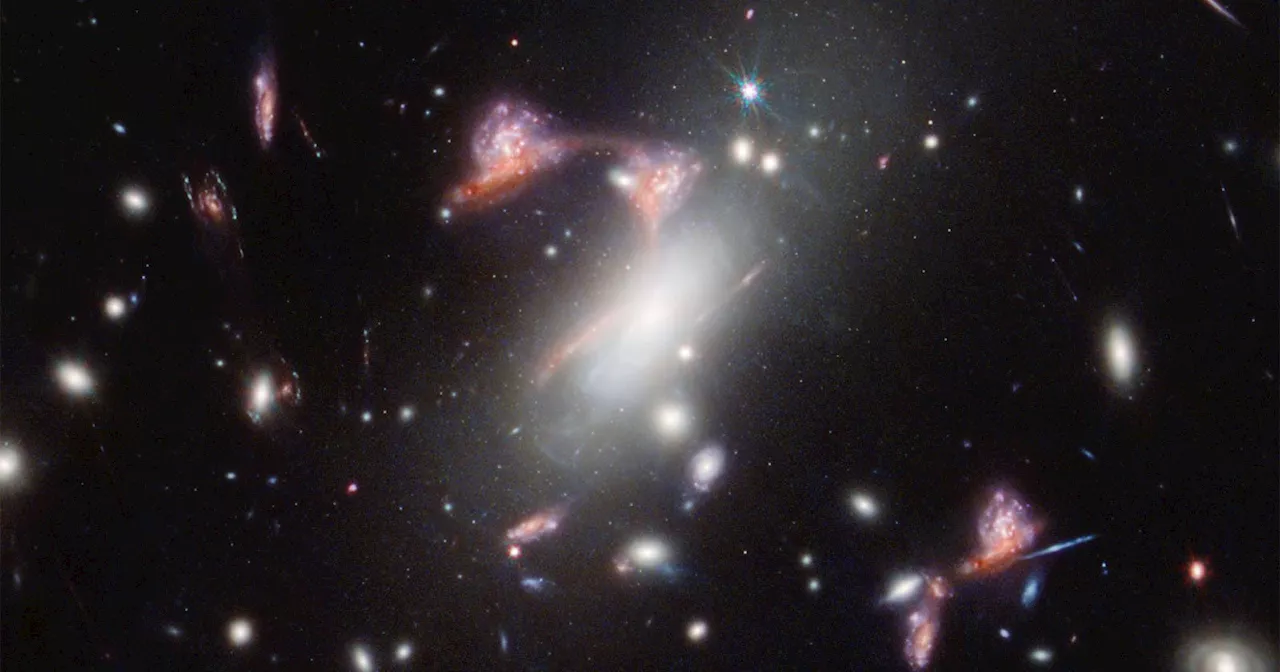The James Webb Space Telescope found another cosmic question mark in the far reaches of space, and it's exciting scientists.
As scientists use the $10 billion James Webb Space Telescope to answer some of the Universe’s most pressing questions, they’ve also uncovered new questions, including literal question mark-shaped cosmic objects.
The Hubble Space Telescope has previously observed this region, and Webb’s different imaging capabilities provided a fresh, detailed perspective. Since Webb can detect longer wavelengths of light than Hubble, it is able to peer through cosmic dust and see what’s behind it. “This is just cool looking. Amazing images like this are why I got into astronomy when I was young,” says astronomer Marcin Sawicki of Saint Mary’s University in Halifax, Nova Scotia, Canada, one of the lead researchers on the team.
United States Latest News, United States Headlines
Similar News:You can also read news stories similar to this one that we have collected from other news sources.
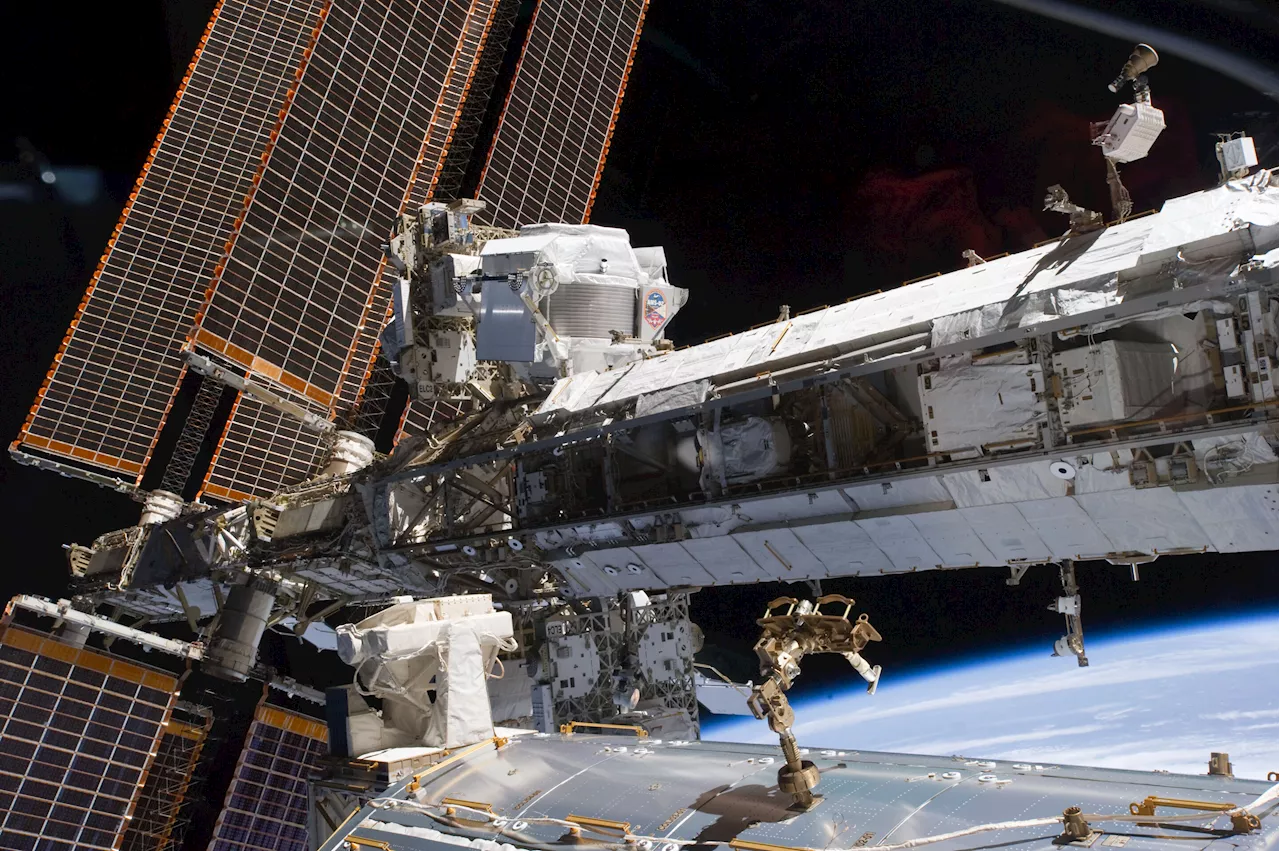 Cosmic count exceeds expectation: Alpha Magnetic Spectrometer on ISS reveals surplus of cosmic raysCosmic rays confound scientists once again. The latest analysis of data collected by the Alpha Magnetic Spectrometer (AMS) on board the International Space Station has revealed a surprising surplus of cosmic rays made of deuterons—atomic nuclei made up of a proton and a neutron.
Cosmic count exceeds expectation: Alpha Magnetic Spectrometer on ISS reveals surplus of cosmic raysCosmic rays confound scientists once again. The latest analysis of data collected by the Alpha Magnetic Spectrometer (AMS) on board the International Space Station has revealed a surprising surplus of cosmic rays made of deuterons—atomic nuclei made up of a proton and a neutron.
Read more »
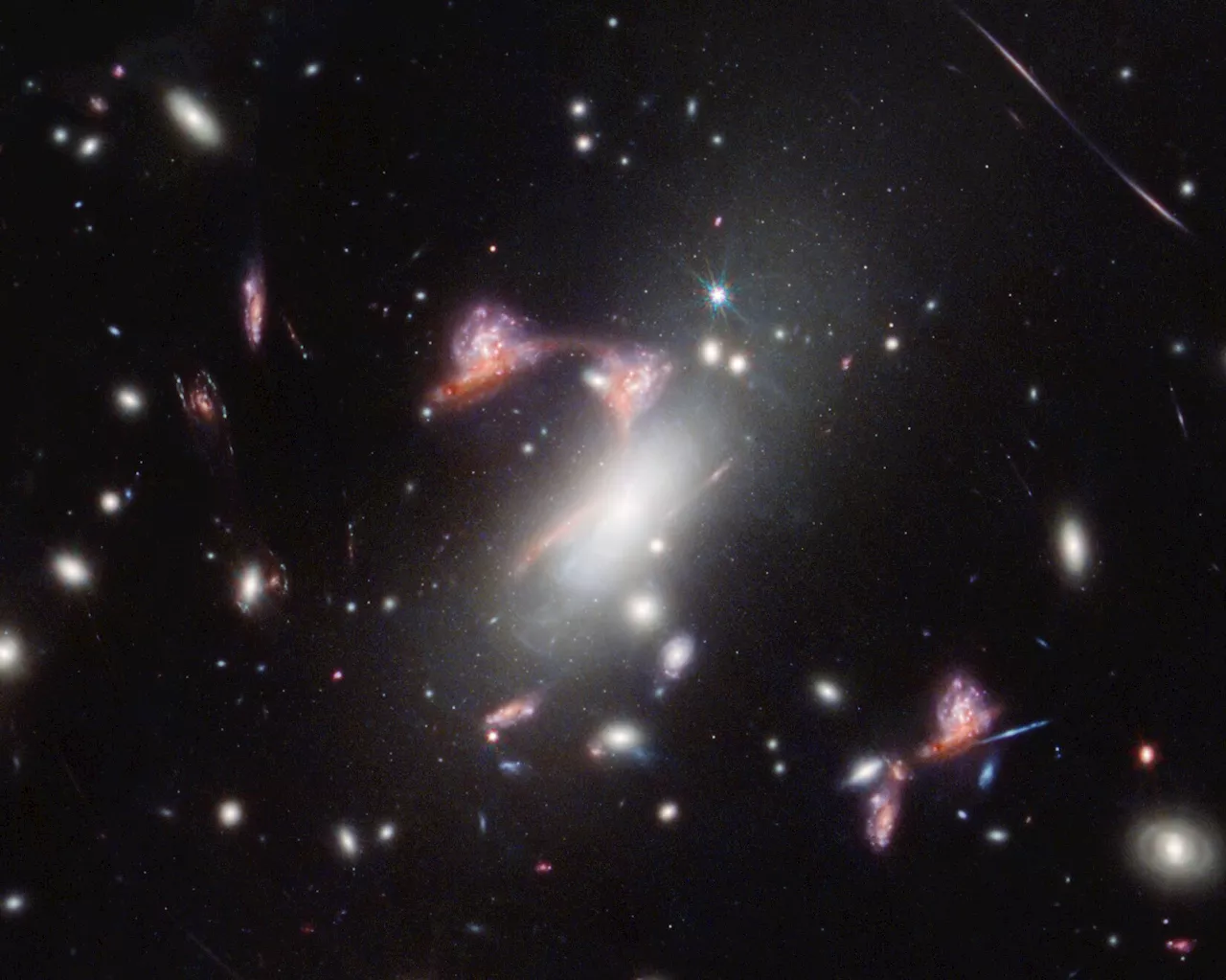 Webb reveals distorted galaxy forming cosmic question markIt's 7 billion years ago, and the universe's heyday of star formation is beginning to slow. What might our Milky Way galaxy have looked like at that time? Astronomers using NASA's James Webb Space Telescope have found clues in the form of a cosmic question mark, the result of a rare alignment across light-years of space.
Webb reveals distorted galaxy forming cosmic question markIt's 7 billion years ago, and the universe's heyday of star formation is beginning to slow. What might our Milky Way galaxy have looked like at that time? Astronomers using NASA's James Webb Space Telescope have found clues in the form of a cosmic question mark, the result of a rare alignment across light-years of space.
Read more »
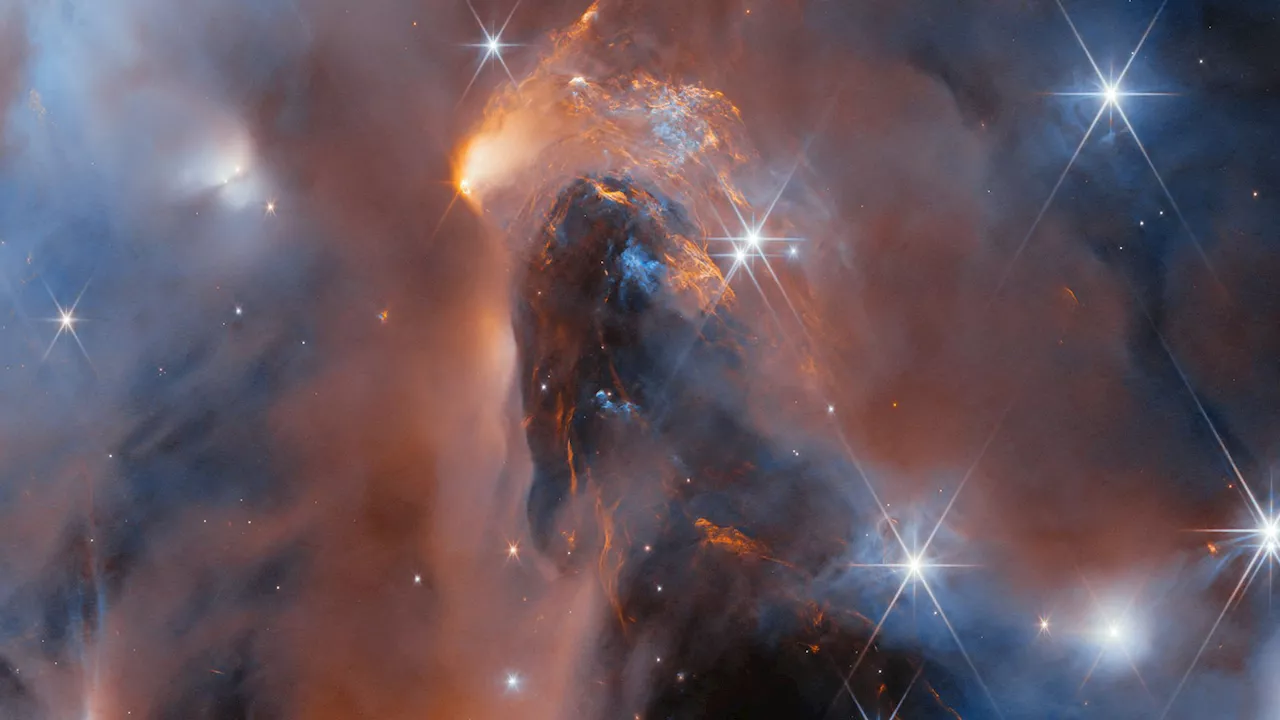 Webb telescope spots six rogue worlds within a glowing cosmic cloudAstronomers have spotted six rogue worlds, or cosmic objects that don't orbit stars, using the James Webb Space Telescope.
Webb telescope spots six rogue worlds within a glowing cosmic cloudAstronomers have spotted six rogue worlds, or cosmic objects that don't orbit stars, using the James Webb Space Telescope.
Read more »
 Webb telescope spots six rogue worlds within a glowing cosmic cloudAstronomers have spotted six rogue worlds, or cosmic objects that don't orbit stars, using the James Webb Space Telescope.
Webb telescope spots six rogue worlds within a glowing cosmic cloudAstronomers have spotted six rogue worlds, or cosmic objects that don't orbit stars, using the James Webb Space Telescope.
Read more »
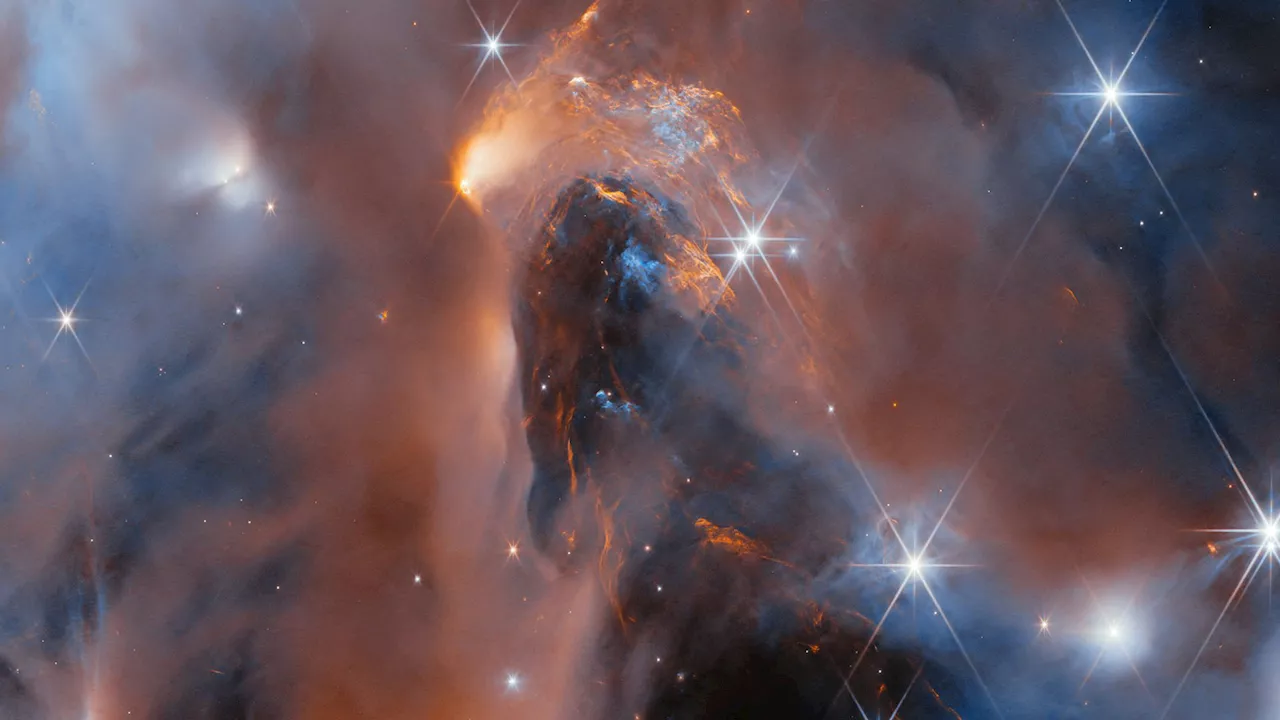 Webb telescope spots six rogue worlds within a glowing cosmic cloudAstronomers have spotted six rogue worlds, or cosmic objects that don't orbit stars, using the James Webb Space Telescope.
Webb telescope spots six rogue worlds within a glowing cosmic cloudAstronomers have spotted six rogue worlds, or cosmic objects that don't orbit stars, using the James Webb Space Telescope.
Read more »
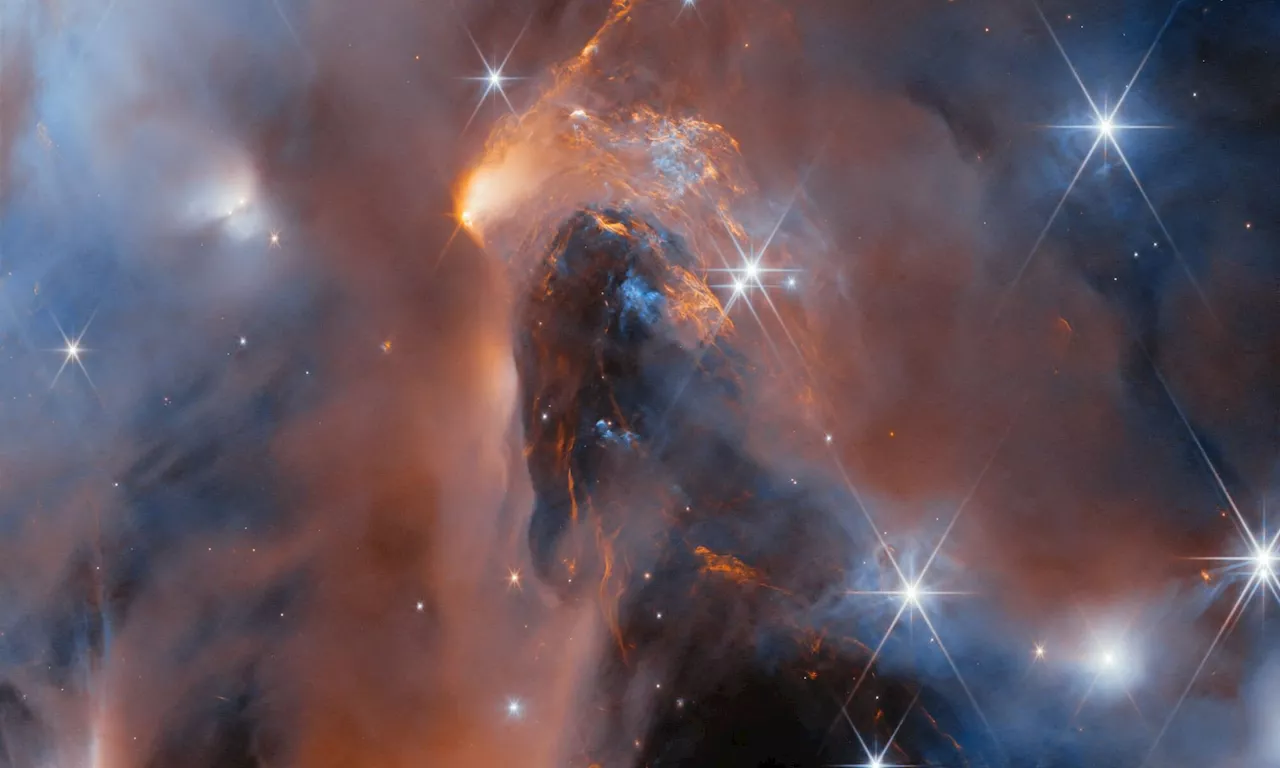 Webb discovers six new 'rogue worlds' that provide clues to star formationRogue planets, or free-floating planetary-mass objects (FFPMOs), are planet-sized objects that either formed in interstellar space or were part of a planetary system before gravitational perturbations kicked them out.
Webb discovers six new 'rogue worlds' that provide clues to star formationRogue planets, or free-floating planetary-mass objects (FFPMOs), are planet-sized objects that either formed in interstellar space or were part of a planetary system before gravitational perturbations kicked them out.
Read more »
